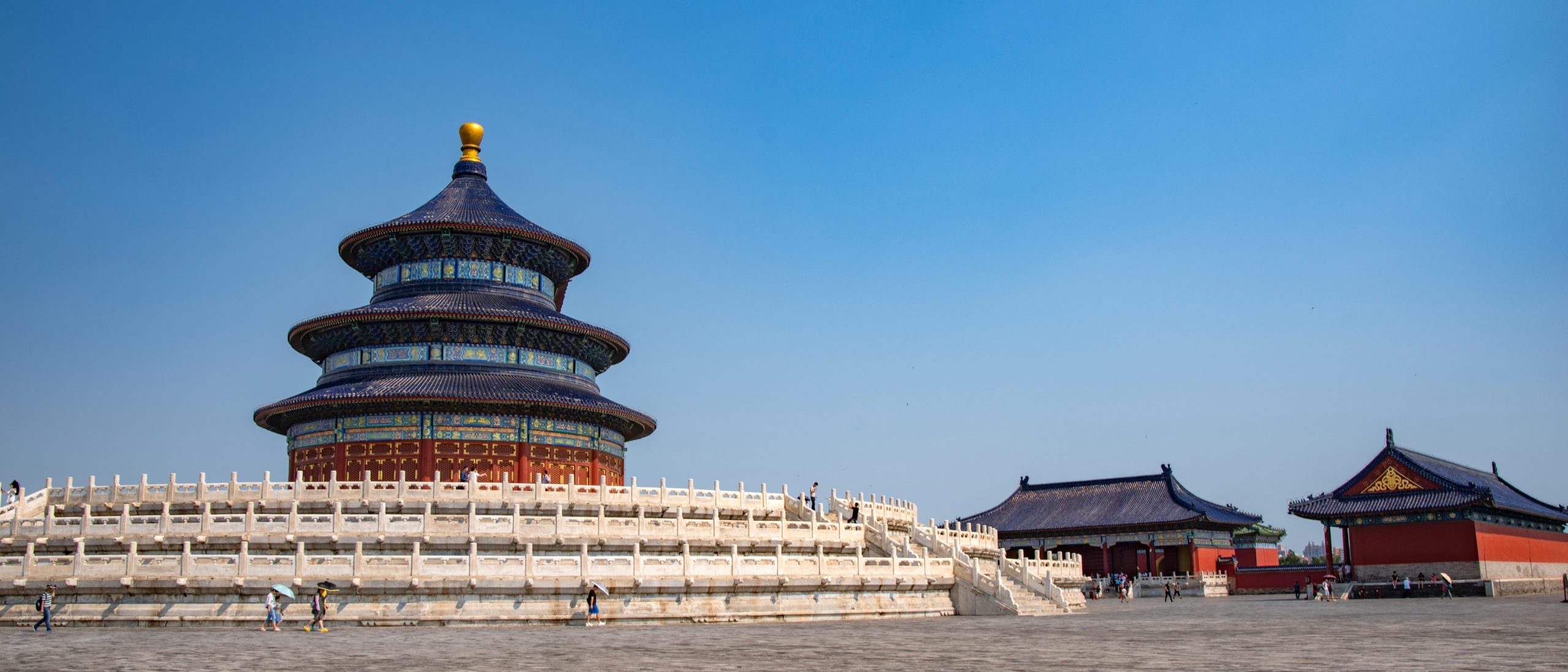Opinion: China Bets Its Future on ‘High-Quality Development’
By Caixin


The Fourth Plenary Session of the 20th Central Committee of the Communist Party of China was held in Beijing from Oct. 20 to Thursday. The meeting adopted the Proposals of the Central Committee of the Communist Party of China for the Formulation of the 15th Five-Year Plan for National Economic and Social Development. A communique from the plenum explicitly stated that economic and social development during the 15th Five-Year Plan period must be guided by the theme of “high-quality development.” This strategic choice is both a summation of historical experience and a forward-looking strategy for breaking new ground.
The communique repeatedly emphasizes high-quality development, listing it as a principle for the period and placing “achieving significant results in high-quality development” at the top of the plan’s main objectives. The document also calls for “promoting the high-quality development of the real estate sector” and “promoting high-quality and full employment.” Taken together, “high-quality development” serves as both a macroeconomic principle and a guide for action across key areas including the economy, technology and public welfare.
The leadership’s focus on economic quality is not new. During the Ninth Five-Year Plan period (1996-2000), a policy of “two transformations” was introduced: shifting from a planned economy to a market economy, and from extensive to intensive economic growth. The extensive growth model, characterized by its overreliance on factor inputs and “three highs and one low” — high input, high consumption high pollution, and low value-added — fueled China’s rapid economic expansion, but also created increasingly unsustainable problems like wasted resources and environmental pressure. Conditions for changing the growth model have matured with institutional reforms, technological progress and industrial upgrading. The report of the 19th Party Congress in 2017 stated clearly that “China’s economy has been transitioning from a phase of rapid growth to a stage of high-quality development.” During the 14th Five-Year Plan period (2021-2025), the country achieved significant new accomplishments. Innovation-driven growth produced tangible results, new quality productive forces were nurtured, technological strength leaped forward, emerging industries grew, and the green and low-carbon transition advanced steadily, with a notable decline in energy consumption per unit of GDP.
The communique proposes accelerating high-level scientific and technological self-reliance to guide the development of new quality productive forces, and building a strong domestic market to speed up the creation of a new development pattern. From an economic perspective, the quality of development is primarily reflected in total factor productivity — the increase in output driven by a combination of factors like technology, management and institutional arrangements, after accounting for all inputs such as labor, capital and land.
High-quality development and comprehensively deepening reform are mentioned together multiple times in the communique. The plenum emphasizes “making high-quality development the theme” while also stressing that “reform and innovation are the fundamental driving force.” In laying out the principles for the 15th Five-Year Plan, it calls for “adhering to high-quality development” and “adhering to comprehensively deepening reform.” When listing the main goals, it proposes “achieving significant results in high-quality development” alongside “achieving new breakthroughs in further comprehensively deepening reform.”
The communique further calls for accelerating the construction of a high-level socialist market economic system to boost the momentum for high-quality development. It advocates for adhering to and improving the basic socialist economic system, better leveraging the role of economic system reform, and refining the macroeconomic governance system to ensure stable and long-term high-quality development. It also demands fully unleashing the vitality of all types of business entities, accelerating the improvement of the market-based allocation system for factors of production, and enhancing the effectiveness of macroeconomic governance. The plenum also proposed expanding high-level opening-up to foster a new situation of win-win cooperation. This involves steadily expanding institutional opening-up, upholding the multilateral trading system, expanding international circulation, and using openness to promote reform and development, sharing opportunities and achieving common development with all countries.
These statements require careful study and implementation. Deepening economic reform and achieving high-quality development are mutually reinforcing. Comprehensive reform can break down institutional barriers. For example, improving property rights and optimizing the business environment can stimulate the vitality of various market entities. Reform can also accelerate the innovation-driven transition by commercializing technological factors. Furthermore, the communique’s calls to improve the social security system and steadily advance the equalization of basic public services also depend on the implementation of comprehensive reforms.
The issue of development quality is, to a large extent, a matter of resource allocation. High-quality development during the 15th Five-Year Plan period must continue to let the market play the “decisive role in resource allocation” while allowing the government to “better play its role.” The objective, as the communique states, is to “combine an effective market with a capable government.”
The communique proposes “promoting the economy to achieve effective qualitative improvement and reasonable quantitative growth.” This is an intrinsic requirement of high-quality development. Qualitative improvement provides sustained momentum for quantitative growth, while reasonable growth lays the foundation for qualitative gains. The core of “quality” is productivity improvement, driven mainly by institutional change and technological progress.
The communique identifies “expanding domestic demand” as a strategic anchor. The key to boosting consumption lies in increasing labor compensation, improving social security and ensuring fair income distribution. Expanding domestic demand requires ensuring stable employment and income, as well as protecting the basic rights and interests of workers.
Achieving high-quality development will not be easy and demands arduous effort. The communique analyzes the internal and external challenges of the upcoming period, but also highlights a series of favorable factors. Among these, the strategic judgment that “China’s economic foundation is stable, its advantages are numerous, its resilience is strong, and its potential is great; the supporting conditions and basic trend of long-term improvement have not changed” is particularly noteworthy and inspires confidence.
The push for “high-quality development” has been underway for years with increasingly visible results; it is a work in progress, not a finished task. As global economic and technological standards continue to rise, the definition of high quality will undoubtedly remain dynamic. Choosing the path of high-quality development is a long-term strategic choice, not a temporary expedient. It involves not just adjusting statistical indicators, but also reshaping how the entire economy operates. It is not merely a race for speed, but a pursuit of structural optimization. By closely adhering to this central theme, a great nation of 1.4 billion people will surely succeed in writing the next chapter of its story with the 15th Five-Year Plan.
caixinglobal.com is the English-language online news portal of Chinese financial and business news media group Caixin. Global Neighbours is authorized to reprint this article.
Image: Aliaksei – stock.adobe.com
